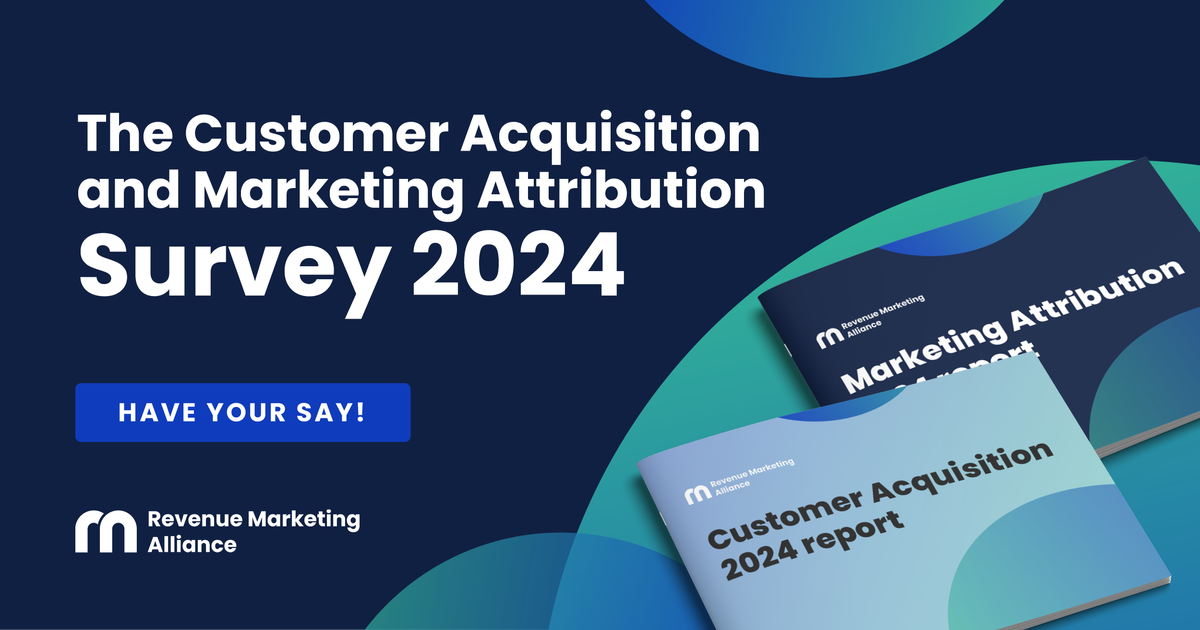Enhancing value across the customer lifecycle has been a transformative experience for me. It's not just about acquiring new customers; it's about deeply engaging with and retaining those we already have, unlocking their full potential as advocates for our brand.
I’m Akriti Gupta, Director of Marketing at LinkedIn. My path has evolved from focusing solely on new acquisitions to valuing every step of the customer's journey with us. This shift has not only enriched our customer relationships but has also driven our business growth in meaningful ways.
In this article, I’ll guide you through the importance of customer lifecycle management, delineate its stages, and propose strategies for harnessing its full potential. Additionally, I'll touch upon the challenges and pitfalls to avoid as we embark on this journey together. Why should we care about the customer lifecycle, and what makes it so crucial in today's business landscape?
Let's explore these questions and more as we dive into the heart of unlocking the power of lifetime customer value.
The imperative of focusing on existing customers
Understanding why emphasizing existing customers is vital can fundamentally alter our approach to business growth. Studies vary, but a common thread among them is the revelation that acquiring a new customer can be five to 25 times more costly than retaining an existing one.
Moreover, recent research underscores that focusing on existing customers can significantly boost profits. This insight isn't just intuitive; it's backed by the reality that the initial cost of customer acquisition essentially becomes a sunk cost. Every revenue generated post-acquisition is, in essence, pure upside.

Yet, despite the widespread use of terms like "customer-focused," "customer-oriented," or even "customer-obsessed," the lion's share of our strategies and energies has traditionally been funneled toward acquiring new customers. This approach overlooks the immense potential residing within our existing customer base. It's crucial, then, that we pivot our focus and truly leverage the value that existing customers offer.
To set the stage for a deeper dive into this topic, let's outline the customer lifecycle stages as broadly viewed in the industry: Acquisition, onboarding, growth, retention, and ultimately, advocacy. It's important to recognize that customer lifetime value (CLV) is a metric that spans across all these stages.
CLV isn’t a one-off calculation but a crucial, ongoing measure of long-term success. This perspective ensures we understand the full spectrum of a customer's value over time, emphasizing why investing in existing customers isn't just beneficial but essential for sustainable business growth.
Streamlining communication: A key to enhancing customer experience
Upon stepping into my new role, one of the first challenges I noticed was the overwhelming flood of notifications and messages our customers were receiving from various departments within our organization.
On any given day, a customer might be bombarded with messages from sales about adding more licenses, directives from the customer success team to undergo training, and marketing communications pushing different agendas. This cacophony creates confusion, making it difficult for customers to discern how to extract value from our products effectively.
Recognizing the urgency to address this issue, I initiated a comprehensive effort to align our cross-functional teams, including sales, customer success, product, and marketing. Despite the constraints of a virtual setup, we embarked on a collaborative exercise to map out the customer journey meticulously.
This process involved identifying our business objectives at each stage of the customer lifecycle, such as onboarding goals like app downloads, activations, or sending the first email message. By defining clear objectives, we could pinpoint the desired customer behaviors to focus on.
The next step involved a thorough analysis of the barriers preventing customers from performing these actions. We questioned whether customers were even aware of our expectations and how seamless we had made the process for them to comply. This introspection led us to evaluate our current strategies for addressing these challenges and identify any gaps in our approach.
The exercise, while demanding due to the complexity of customer segments and lifecycle stages, proved to be invaluable. It laid the groundwork for our overarching strategy, enabling us to transform our strategic vision into tangible actions.
This approach not only streamlined our communications but also ensured that our interactions with customers across their lifecycles were coherent and purpose-driven. The result was a more integrated experience that resonates with our customers and aligns with their needs and our business goals.
Bringing the onboarding stage to life
In the crucial stage of onboarding, our primary goal is to ensure a smooth transition for new customers, enabling them to quickly start benefiting from our product. This phase is critical, as it sets the tone for the customer's journey with our product, whether they've just signed up or downloaded our app.
A seamless onboarding experience can significantly impact the initial perception and long-term engagement with our service.
To gauge the effectiveness of our onboarding process, we focus on metrics like the activation rate. This measures whether the customer has begun to use our product in a meaningful way. For instance, in the credit card industry, this could mean checking whether the customer has made their first swipe or activated their card. These early interactions are pivotal in integrating our product into the customer's daily routines.
Understanding that each customer has a unique learning style is paramount. Some may prefer visual guides, others text, and some might benefit from a combination of both with added voiceovers. This diversity necessitates a segmented approach to communication, ensuring that the information provided is both relevant and tailored to the individual's preferences.
A strategy we found particularly effective in engaging customers during the onboarding phase is gamification. While it may initially seem trivial, the competitive nature it evokes can significantly enhance engagement.
By presenting the onboarding process as a series of levels or challenges to overcome, customers are motivated to progress and explore the product more deeply. This approach has proven effective across various customer personas, from decision-makers to developers, demonstrating the universal appeal of gamification in learning and engagement.
Through these targeted strategies, we aim to not just introduce customers to our product but to engage them in a way that encourages immediate and sustained use. This nuanced approach to onboarding is a crucial step in building a solid foundation for customer relationships and long-term value creation.
Nurturing growth for sustained engagement
As customers transition from onboarding to the growth stage of their journey with our product, our focus shifts to maintaining their engagement and ensuring consistent usage. This phase, which spans the duration until a customer considers closing their account, is critical for fostering a deep and lasting relationship.
Our business goal during this period is clear: Keep customers engaged and actively using our product. We monitor metrics such as weekly or monthly active user rates (WAU or MAU) to gauge customer engagement levels.
During the growth stage, our strategies often involve upselling or cross-selling. However, it's essential to approach these efforts with a mindset of nurturing rather than merely selling.
Understanding our customers' needs, the value they've derived from our product so far, and what additional offerings could genuinely benefit them is crucial. This empathetic approach ensures that our upsell or cross-sell messages are well-received and truly relevant to our customers.
Two initiatives we implemented in this stage stood out for their effectiveness:
- Report card system: Building on the gamification concept introduced during onboarding, we developed a system that provides customers with a simple, visual representation of their progress using red, yellow, and green indicators. This system relates to key actions we encourage customers to take, offering them clear feedback on their performance.



 Follow us on LinkedIn
Follow us on LinkedIn



